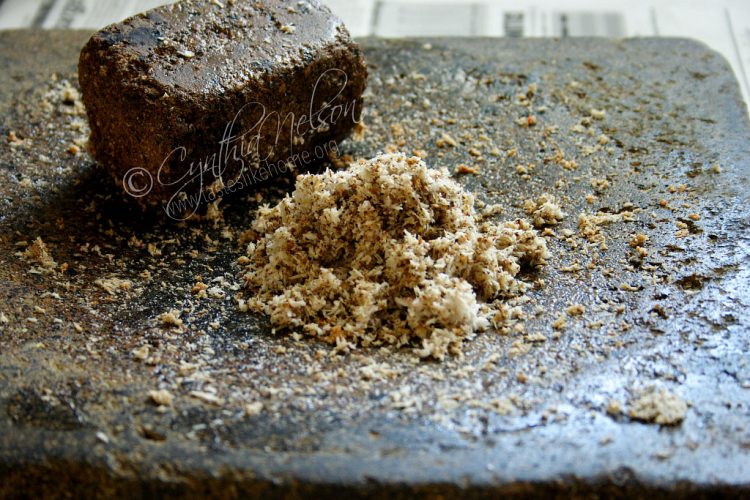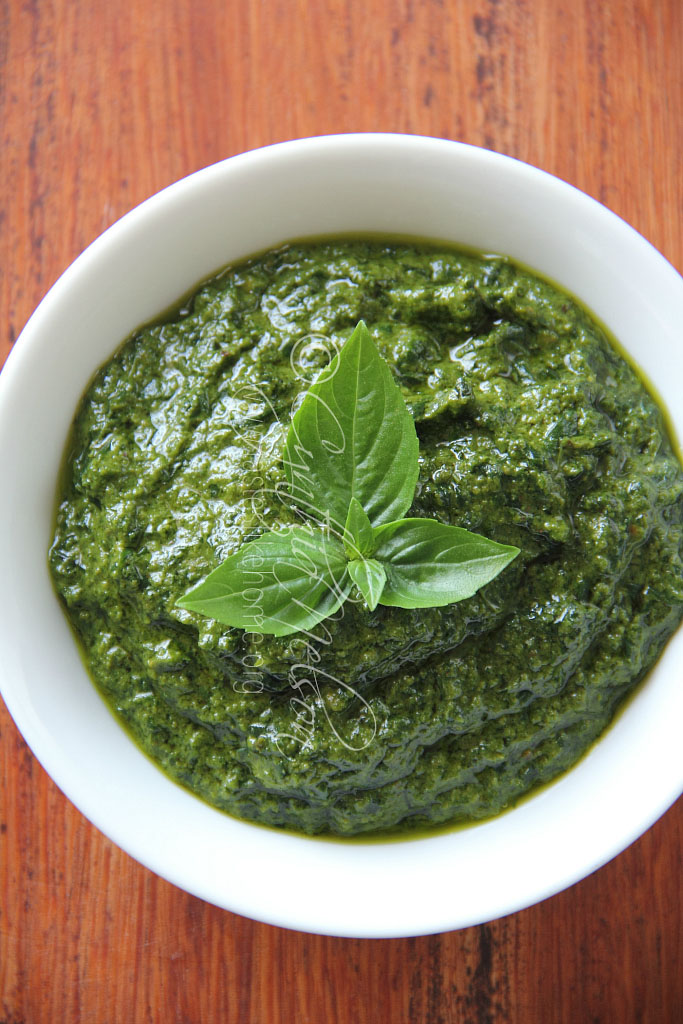 For decades now, electrical devices have been conceptualized, designed and manufactured to make our lives easier in the kitchen. From the blender to the food processor, from the toaster to the coffee grinder, from the ice cream maker to the bread machine, we are able to complete many tasks in half the time we would take if we were doing them by hand. However, as fast and easy as these appliances have made many tasks in the kitchen, there is still an important place for food prepared by hands. Handmade.
For decades now, electrical devices have been conceptualized, designed and manufactured to make our lives easier in the kitchen. From the blender to the food processor, from the toaster to the coffee grinder, from the ice cream maker to the bread machine, we are able to complete many tasks in half the time we would take if we were doing them by hand. However, as fast and easy as these appliances have made many tasks in the kitchen, there is still an important place for food prepared by hands. Handmade.
Prepping ingredients and making certain things by hand are the best ways to ensure that you get the right flavour or the right texture of your dish. There is the added benefit of burning calories and toning muscles as you pound, grind and grate your way to really tasty food, but a greater benefit of working with our hands is learning through the sense of touch and feel. Cooking by hand helps build up your cooking intuition. You know when to slow down or go faster, you know how light the touch should be and how much pressure should be expended. You know the task is done when it feels (and looks) a particular way. You may not know how many minutes or turns it took to get to the desired stage, you just know it’s done. It’s perfect.
Let’s look at some dishes that benefit greatly from being handmade – whether partially from preparation or completely.

Coconut Choka
Grating the fire-roasted coconut with a box grater and then grinding it on a lorha and sil (sil batta), is still the best way to make proper coconut choka. I generally cheat by “grinding” the coconut in the food processor after I have hand-grated it; the texture while good, is not the same and it tastes different too. What the food processor does in this case is to make teeny-tiny cuts into the thin shreds of coconut as well as the other added ingredients – mango, pepper and garlic. One feels obliged to add some moisture to the mixture so that it ‘holds’ together to form that signature ball when it is done and ready to be served. On the other hand, grinding the coconut on the sil releases some of the milk and oil found naturally in the coconut, adding to the overall flavour of the choka. The choka will also pick up and mix in some of the flavours of the spices that were ground up on the slab of stone on previous occasions. The garlic, pepper and green mango, would be ground into a paste and incorporated fully into the choka, again mixing with the milk and natural oil of the coconut.
Conkies
You have heard me talk about Conkies and the necessary grating. All the hard work involved in the hand grating is rewarded when the texture of the steamed sweet dumpling is smooth on your tongue. It’s so soft you want to rub it against the roof of your mouth; it’s only because the raisins are there that you find yourself chewing.
As with Coconut Choka, the act of grating the pumpkin releases its sweet juices that then flavour the Conkies. In a food processor, the pumpkin would be cut up into tiny bits and in a blender, you would need to add liquid to get things going. This would completely alter the quantity of the ingredients for the Conkies and ultimately, the texture when cooked.
Conkies are definitely a texture thing and there is only one way there – handmade.
Cassava Ball/Breadfruit Cou-cou
There are some things that you don’t even bother to entertain the thought of making any other way than by hand. For cassava ball, you’ve got to get in there and mash it while it is piping hot. While you work to mash, you remove the fibrous thread that runs in the middle of the cassava. The result must be smooth and creamy, void of any bits of un-mashed cassava. The same is true when making Breadfruit Cou-cou – you have to mash it hot until it is smooth. Attempting to put either of these cooked ingredients into a food processer would simply wreck the appliance.
(Basil) Pesto
Pesto, an Italian sauce that originated in Genoa, draws its name from the contracted Genoese word pestâ (Italian – pestare), which means to pound, to crush. The word is a direct reference to how the dish is traditionally prepared. First garlic and nuts are placed in a mortar and ground to a paste followed by the basil and coarse sea salt and ground to a creamy consistency. It is only after this stage that the cheese is added, and to help incorporate the cheese into the mixture, extra-virgin olive oil is drizzled in.
Sure, I make basil pesto often, in a food processor, but for this column I decided to do it old school – by hand using fresh big bright sweet basil leaves from my potted herb garden. Instead of the traditional pine nuts, I used pistachios. As I made the pesto and moved from one stage to the other, not only was the process calming (to me) but I also got to encounter the sauce aromatically, in a way I had never done before. The garlic smelled sweet and when pounded and grounded with the pistachios, it became this thick cream-like paste and reminded me of peanut butter. With the basil leaves and coarse sea salt added, the salt helped to wilt the leaves once bruised and crushed by the pestle, mixing it with the garlic-nut paste was fun. I felt as if I was playing with my food. It was remarkable to see how the leaves turned dark green and how fragrant the sauce became once all the essential oils of the herb were released and mixed in with the other ingredients. I skipped the cheese and drizzled in some oil to give the sauce the consistency I was after.
Since making the sauce I have tasted it alongside my food-processor-made pesto. The texture between the two is different. In the one from the food processor, I can see that everything is finely minced and held together by the emulsion of the oil. On the other hand, the handmade pesto is creamier, and everything is more incorporated. The taste of the handmade pesto is a bit more pronounced and I think that that is because the ingredients were pounded, crushed and grounded in a manner that allows for more of their essential oils – which contain the most potent of flavour – to be released. In a food processor, rather than bruise to crush, the ingredients would be shredded into tiny pieces, and under a microscope, I think we’d see the ends where they are cut, sealed off so they do not release as much of their flavour. Fascinating, if I may say so.
Of course, there are many other dishes and prep procedures that can be identified, but I think I have made my point. As we go about the task of cooking, every now and then, let’s set aside the electrical help and make some handmade food.
Cynthia









